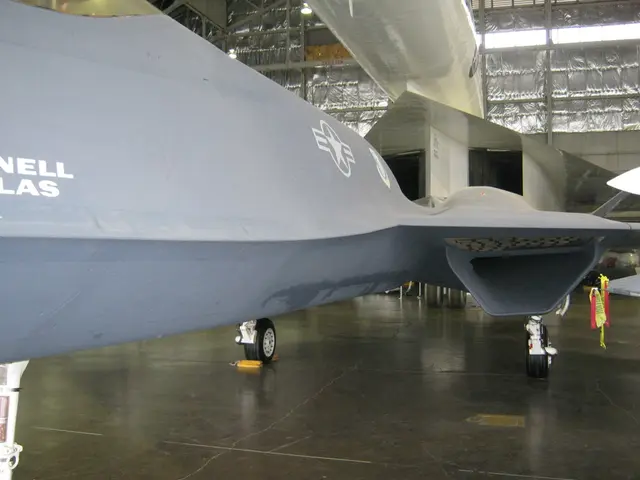After several years of setbacks, Bezos' massive rocket has finally been put together.
Blue Origin is getting ready for the first takeoff of its highly anticipated New Glenn rocket, which is set to happen this month.
The company recently posted a picture of the powerful launch vehicle at its facility in Florida, with the New Glenn's first and second stages combined for the first time. The pairing of the rocket's two stages has been a work in progress for a while, but Blue Origin is finally making significant strides with its New Glenn project.
New Glenn's launch date is scheduled for November from Launch Complex 36 in Cape Canaveral, Florida, although an exact date hasn't been set yet. For its maiden voyage, New Glenn will carry Blue Origin's Blue Ring technology, an orbital station designed to help manage spacecraft operations, as its main cargo. Blue Ring will be part of the DarkSky-1 (DS-1) mission, backed by the Pentagon's Defense Innovation Unit.
Initially, New Glenn was supposed to launch a pair of probes for NASA's Escape and Plasma Acceleration and Dynamics Explorers (EscaPADE) in October. However, the space agency called off the pre-launch preparations for the mission around a month before takeoff, fearing that the rocket's debut flight might be delayed.
Blue Origin has been working on the New Glenn rocket for more than a decade, with its first launch initially slated for 2020. The heavy-lift launch vehicle has faced several setbacks over the years, primarily due to the development of its engines. New Glenn runs on seven BE-4 engines, designed by Blue Origin, which demanded extensive testing and redesign.
Earlier this year, the rocket showed signs of being ready for launch after passing through a series of tests, and Blue Origin was awarded the NASA EscaPADE contract for its rocket's inaugural flight. As the launch window began to draw near, NASA decided to skip New Glenn's debut flight and opt for Blue Ring instead.
Measuring around 320 feet tall (98 meters), New Glenn can lift 45 tons to low Earth orbit and 13 tons to Geostationary orbit. The rocket features a reusable first stage designed to last for 25 missions.
Now that New Glenn has been assembled, the next step is a static hot fire test of the entire vehicle, during which all engines are ignited for a few seconds. In early September, Blue Origin conducted a hot fire test of the rocket's second stage, which lasted for 15 seconds. "The purpose of the hotfire test was to validate interactions between the subsystems on the second stage, its two BE-3U engines, and the ground control systems," Blue Origin stated.
Blue Origin has been using its New Shepard rocket to send paying customers to suborbital space, waiting for the highly anticipated debut of New Glenn. Upon its arrival, New Glenn will join the elite group of heavy launch vehicles regularly visiting space.
The advancements in technology and science behind Blue Origin's New Glenn rocket are set to shape the future of space exploration. Once launched, New Glenn will carry Blue Origin's Blue Ring technology, demonstrating the company's commitment to both commercial and military space activities.








